SUMMARY
This is AI generated summarization, which may have errors. For context, always refer to the full article.
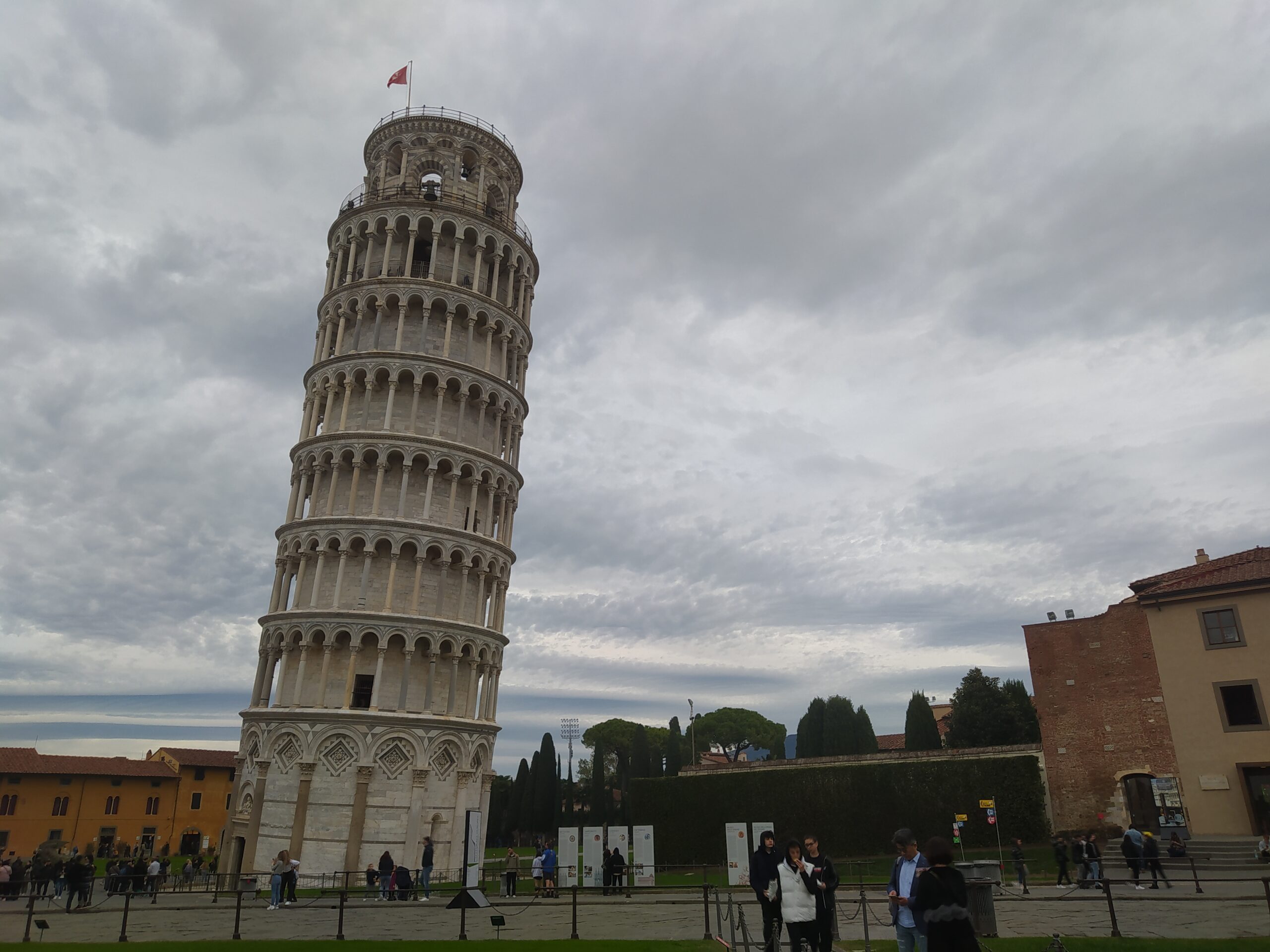
Italy is always one of the top countries visited in the world. This comes as no surprise because it has a rich culture and history that has influenced not just countries in its region but also those beyond it. The food and wine are good, and there’s plenty to see and do that requires multiple visits.
Getting a visa
You’ll need a Schengen visa to enter Italy. Some of the basic requirements for a visa application include:
- Valid passport
- Photo (35x45mm)
- Itinerary
- Accommodation confirmation
- Application form
- Proof of occupation or business registration
- Proof of funds (bank certificate, credit card statements, bank statements, etc.)
You will have to apply at a VFS office: https://visa.vfsglobal.com/phl/en/ita
Check the link out to learn more about the requirements and booking an appointment.
Get into Italy
For this itinerary, you’ll enter and leave Italy from Rome. You can find flights and deals at www.skyscanner.com or other similar websites. Once you find a price and schedule you like, you can book directly with the airline.
Getting around Italy
Italy has an extensive rail and bus network that makes it easy for visitors to explore. You can take either the bus or train for the itinerary in this article.
- You can check schedules and buy train tickets here: https://www.trenitalia.com/en.html
- You can check schedules and buy bus tickets here: https://www.flixbus.com/
Itinerary and places to visit
This itinerary assumes you start with one full day.
Rome
Day 1
After breakfast, head on over to see the Colosseum and nearby attractions such as the Roman Forum, Palatine Hill, and the Vittorio Emanuele II Monument. Try to get an early start to maximize your day.
The Colosseum is synonymous with Rome as it’s one of the most famous structures the Romans left in the world. This centuries old structure is still the pattern of many of the world’s stadiums and sports arenas. The imperial court, officials, aristocrats, and other spectators watched games, performances, and festivals in the Colosseum.
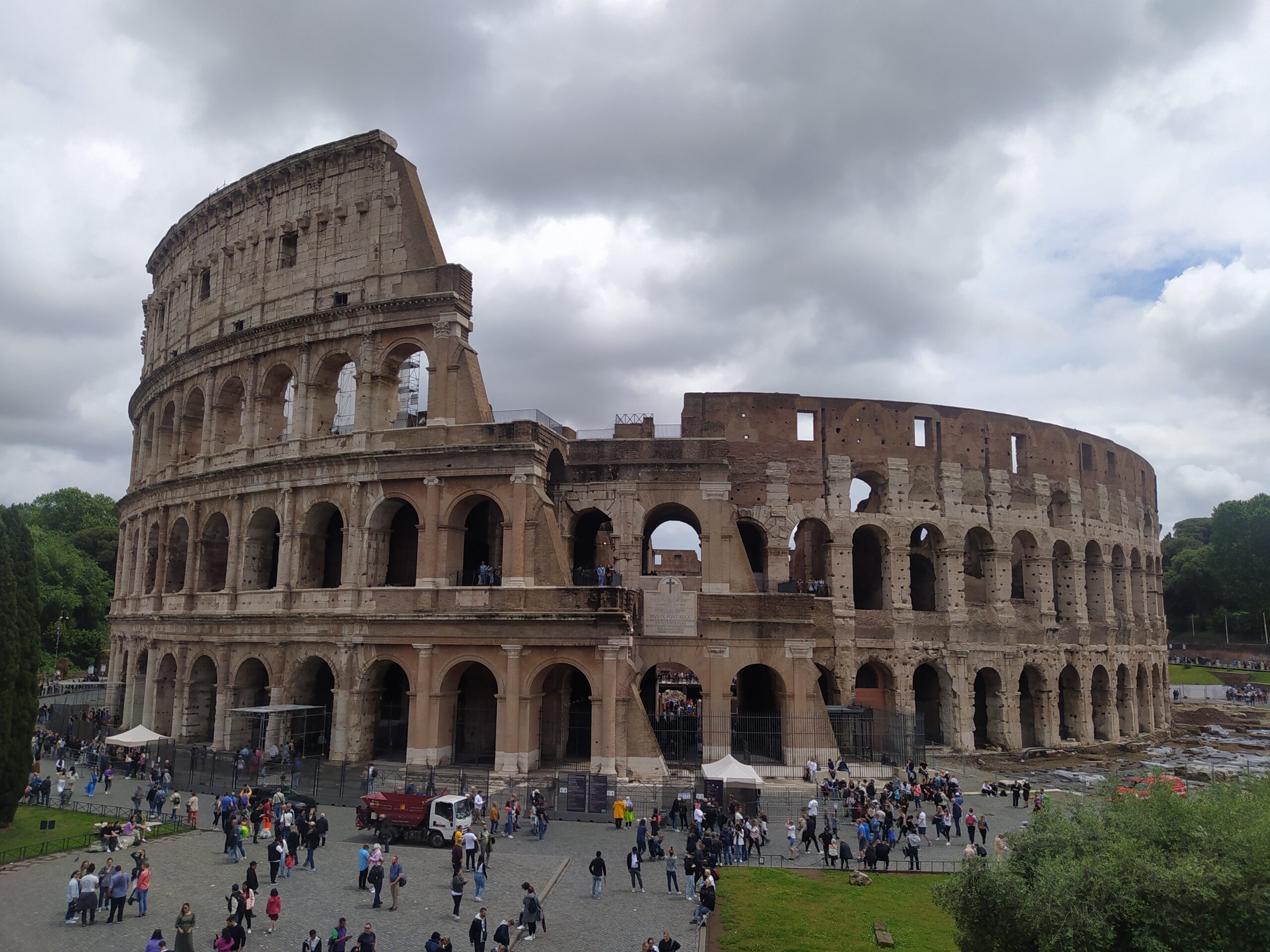
Go with a guide or go on a self-guided tour to experience this ancient piece of architecture. Just outside the Colosseum is another relic of the past, the Arch of Constantine.
Your next stop is Palatine Hill. It provides you with a glimpse of Rome’s early history. The area contains evidence of the city’s early settlers. It’s also a good viewing spot to get overlooking views of the Roman Forum.
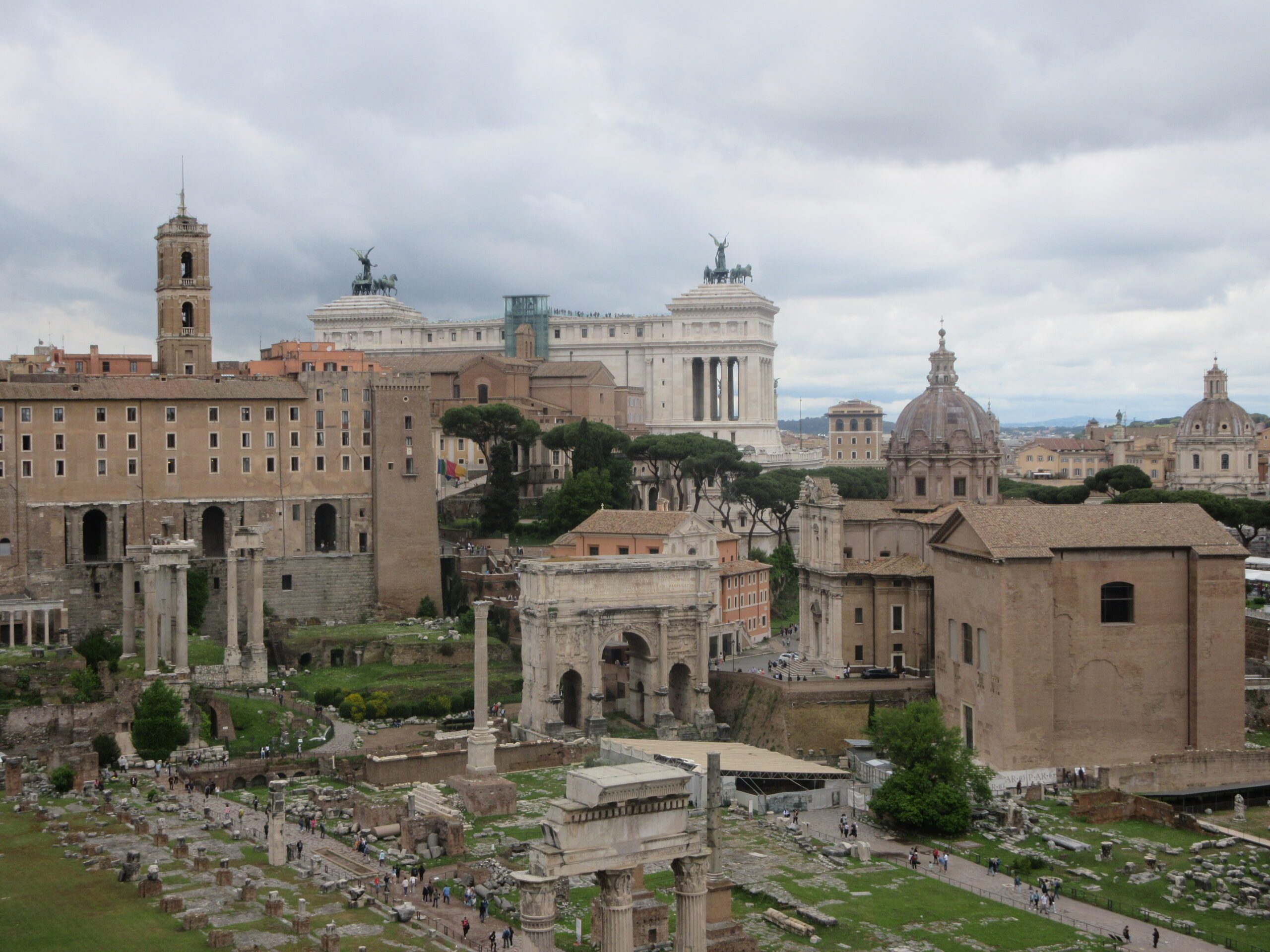
The Roman Forum takes you into a different millennium. The ruins you’ll see today are only a small percentage of the area’s vibrant past where markets, courts, and the hustle and bustle of ancient Rome took place. You’ll see arches, columns, and temples while exploring. Not too far from the Roman Forum is the Vittorio Emanuele II Monument.
After heavy sightseeing and information overload, call it a day.
- You can buy tickets and get a timeslot here: https://www.coopculture.it/en/products/ticket-colosseum-roman-forum-palatine_24h/
Day 2
After an early breakfast, head on over to the Trevi Fountain first because it gets crowded throughout the day. This striking and popular piece of architecture dates to the 1700s. A statue of Oceanus on a chariot
will grab your attention.
Visitors flock to this spot to not only take photos but also to throw a coin into the fountain. Doing so supposedly guarantees a return trip to the Eternal City. Take a leisurely stroll to the Spanish Steps and the plaza. Like the Trevi Fountain, this area gets swarmed with people throughout the day. That’s why I would suggest you go as early as possible right after you stop by the fountain.
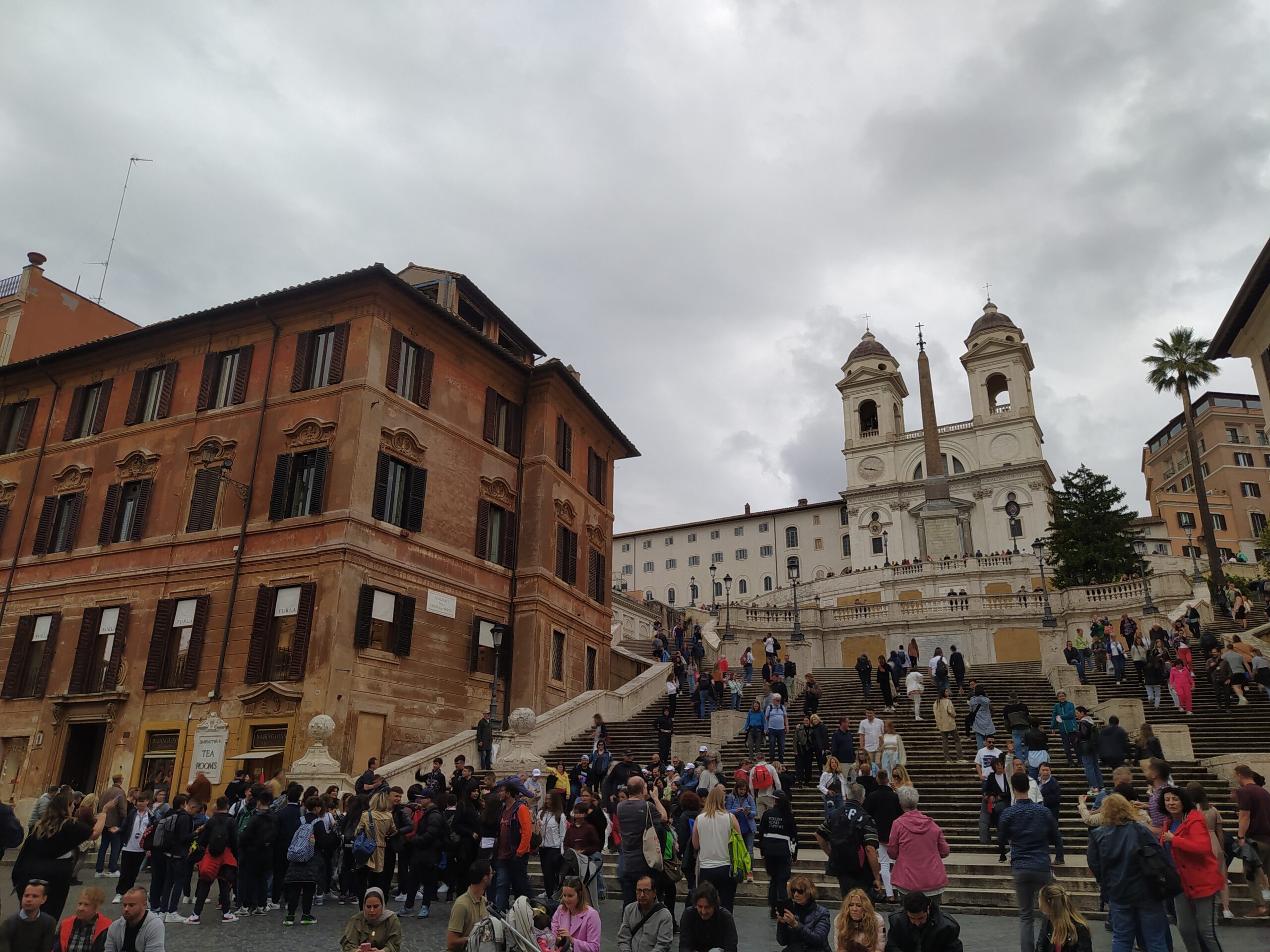
The Spanish Steps is one of the filming locations of the movie Roman Holiday. Rome has beautiful squares that’s full of history, another noteworthy one to include in your itinerary is the Piazza del Popolo. Hang out, marvel at the ancient structures, and soak in the city’s history. You can
visit two beautiful chapels while here, the Chigi Chapel and Cesari Chapel.
Take the bus or metro to go all the way back to the Pantheon. The latter is another well-preserved piece of architecture from Roman antiquity. Not too far is the Piazza Navona, an ancient square (another one, but they’re just too beautiful to skip) where you can hang out in.
After a day of sightseeing, grab a bite at your favorite restaurant in the city.
Day 3
The Vatican City is an independent state within Rome. It’s also a popular destination for both typical tourists and Catholics because of its importance to Christian history. Despite its small size, there’s plenty to see and do.
Depending on the day you visit, you can hear mass from the Pope. The interior is equally stunning as the interior. Inside you’ll find the works of renowned Italians such as Michelangelo and Bernini. Michelangelo’s Pieta is one of many famous sculptures you’ll see when you enter. There are
many elaborate tombs, sculptures and other pieces of art inside. Just outside the church is St. Peter’s Square. The latter is where the faithful gather to hear the Pope’s mass and blessings.
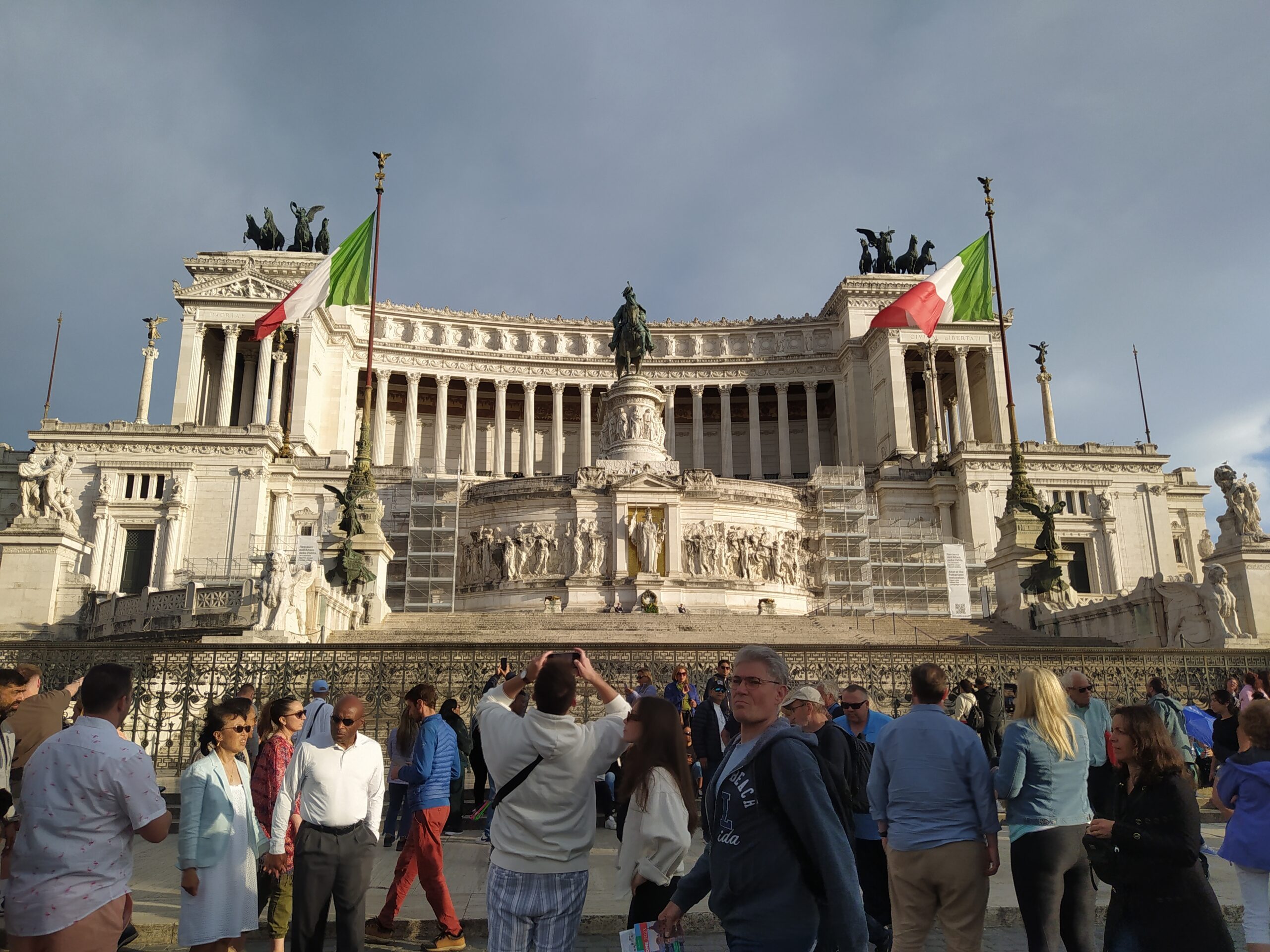
The Vatican has museums you can visit to learn more about its history and culture. The most famous one is the Sistine Chapel. The highlight of a visit is the vibrant frescoes which Michelangelo and other artists of the time painted. You’ll also see depictions of Biblical scenes. There are several rooms and salas that showcase some of the best paintings in Europe during your visit. Just these famous attractions can take a day or half a day (if you go through them quickly).
- You can purchase tickets here: https://www.museivaticani.va/content/museivaticani/en.html
Day 4
Check out of your accommodation. Make this a free day where you’ll take leisurely strolls in different parts of the city. Hang out and grab something to eat or drink, linger in some of the plazas and squares, and/or eat at your favorite restaurant.
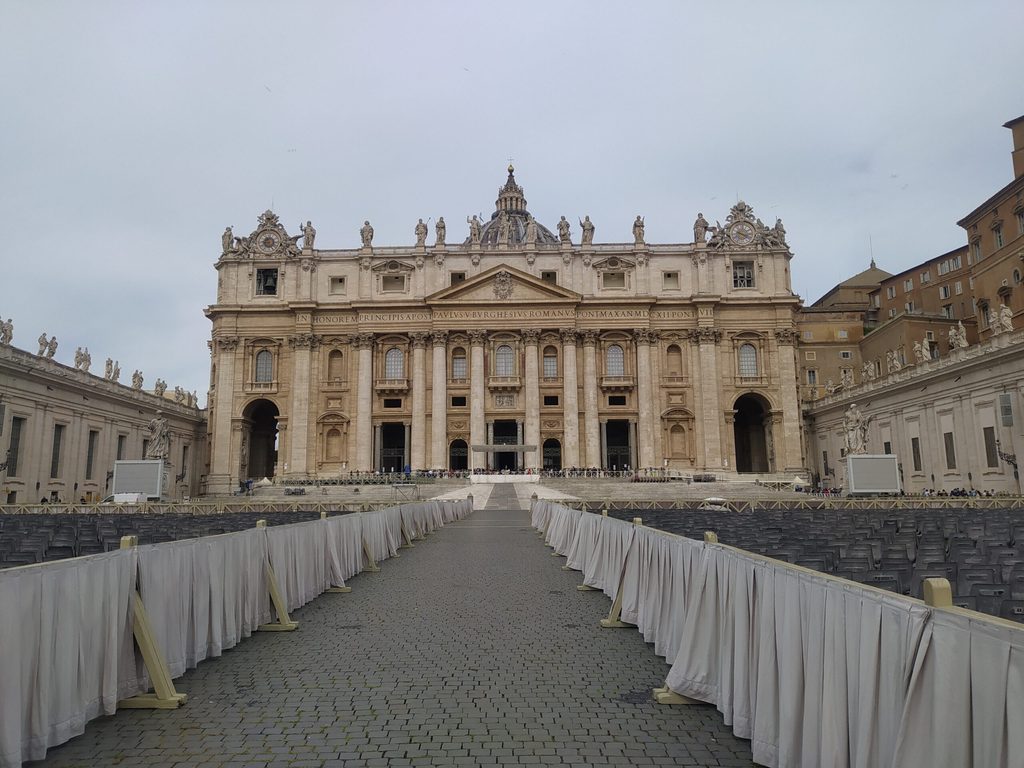
If you want to do more sightseeing, you might want to check out Santa Maria Maggiore, Castel Sant’Angelo, Villa Borghese Gallery and Gardens, and the Capitoline Museum just to name a few places. After dinner, take your luggage and make your way to the bus station for your overnight bus to Venice.
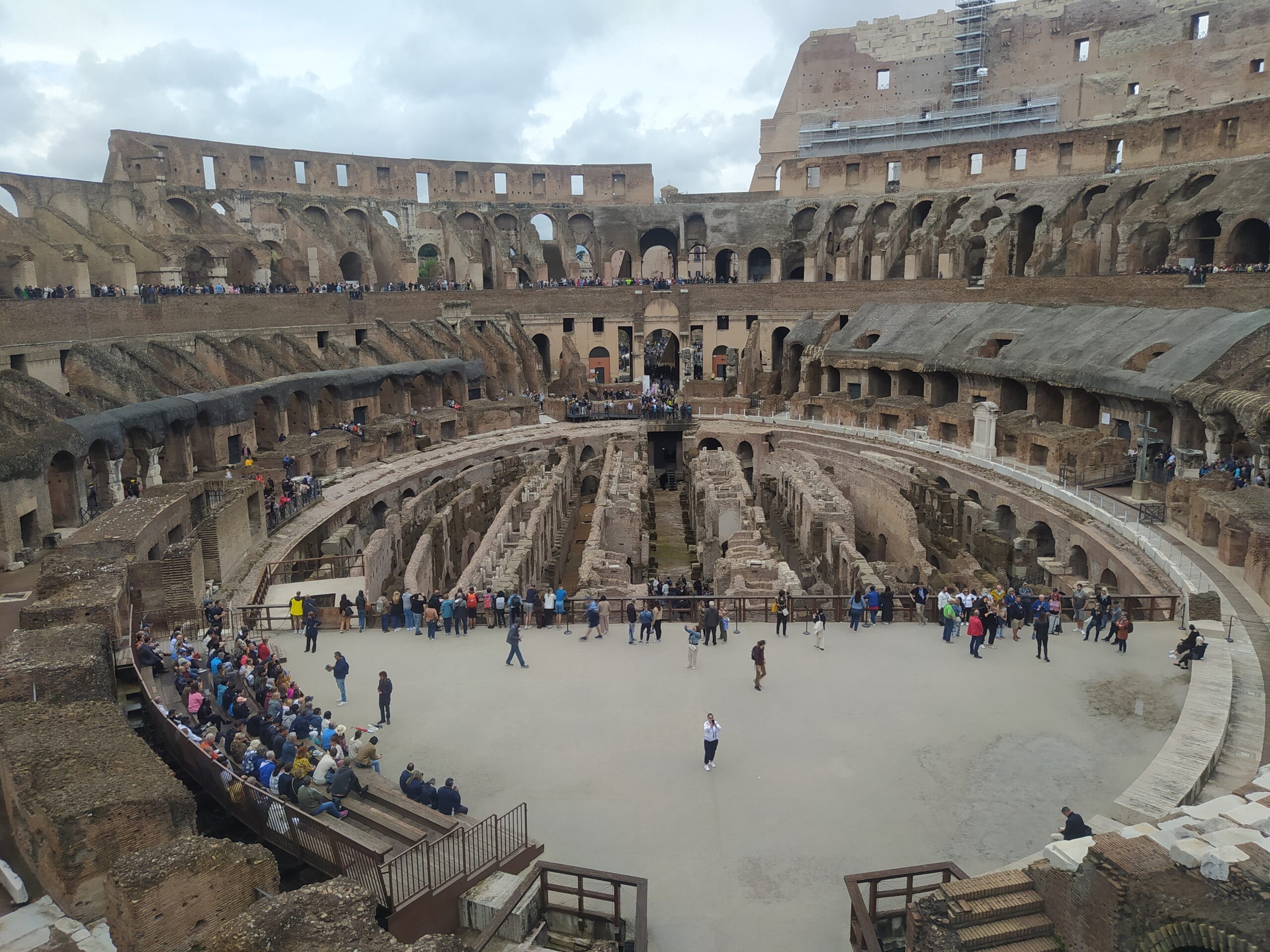
Venice
Day 5
You’ve probably read/heard about the overcrowding, sinking, scams, tourist traps, and how expensive things are in Venice. To some degree these are true; however, don’t let these deter you from visiting at least once in your life.
The city still has its old world charm. The narrow and winding pathways and canals, historic structures and buildings, and the romantic (for some people) ambiance make a trip to Venice worth it.
Start your day at St. Mark’s Basilica. The latter is Venice’s most famous landmark and attraction. This centuries old church is home to many beautiful mosaics and Byzantine art. FYI: you have to pay extra fees for different sections of the church other than the initial entrance fee. Try to queue as early as possible to avoid standing in line for hours.
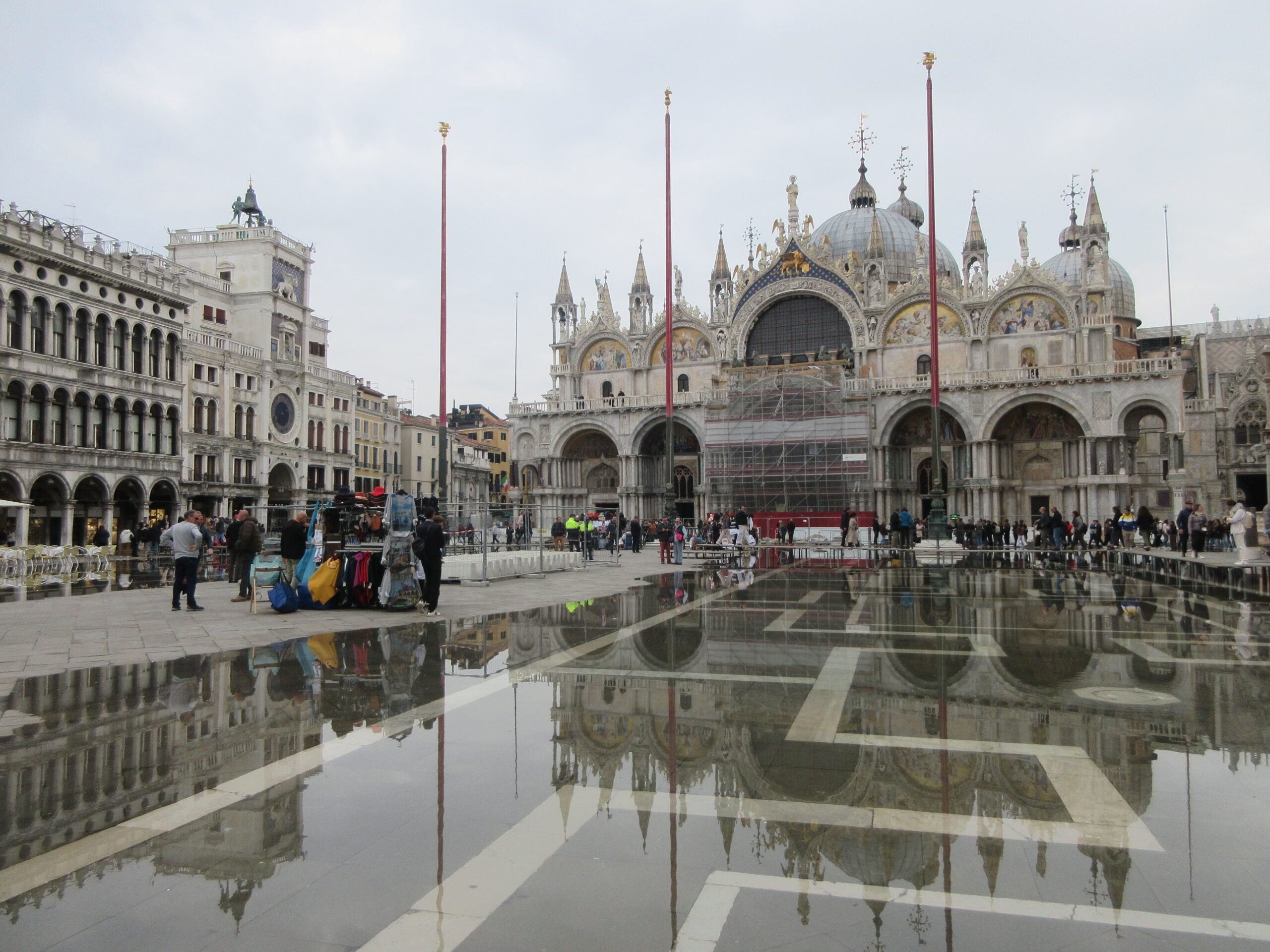
After the church, linger in St. Mark’s Square. The square is where many visitors and locals gather to drink, eat and/or shop. There are many shops and restaurants in the area. From the square you’ll also see two other famous structures in Venice, the Campanile and the Clock Tower or the Torre dell’Orologio.
Not too far from the square is another renowned attraction, the Doge Palace. The palace’s facade and distinct architecture will immediately grab your attention. Inside you’ll find lavish decor and paintings by renowned artists. This is a paid attraction that requires some time to explore. You can visit on your own or join a guided tour that allows you to cross the Bridge of Sighs. Make your way to the Rialto Bridge.
The area is bustling with people taking photos of the views, passing boats, and themselves. This is your last stop after a long day of queuing and sightseeing.
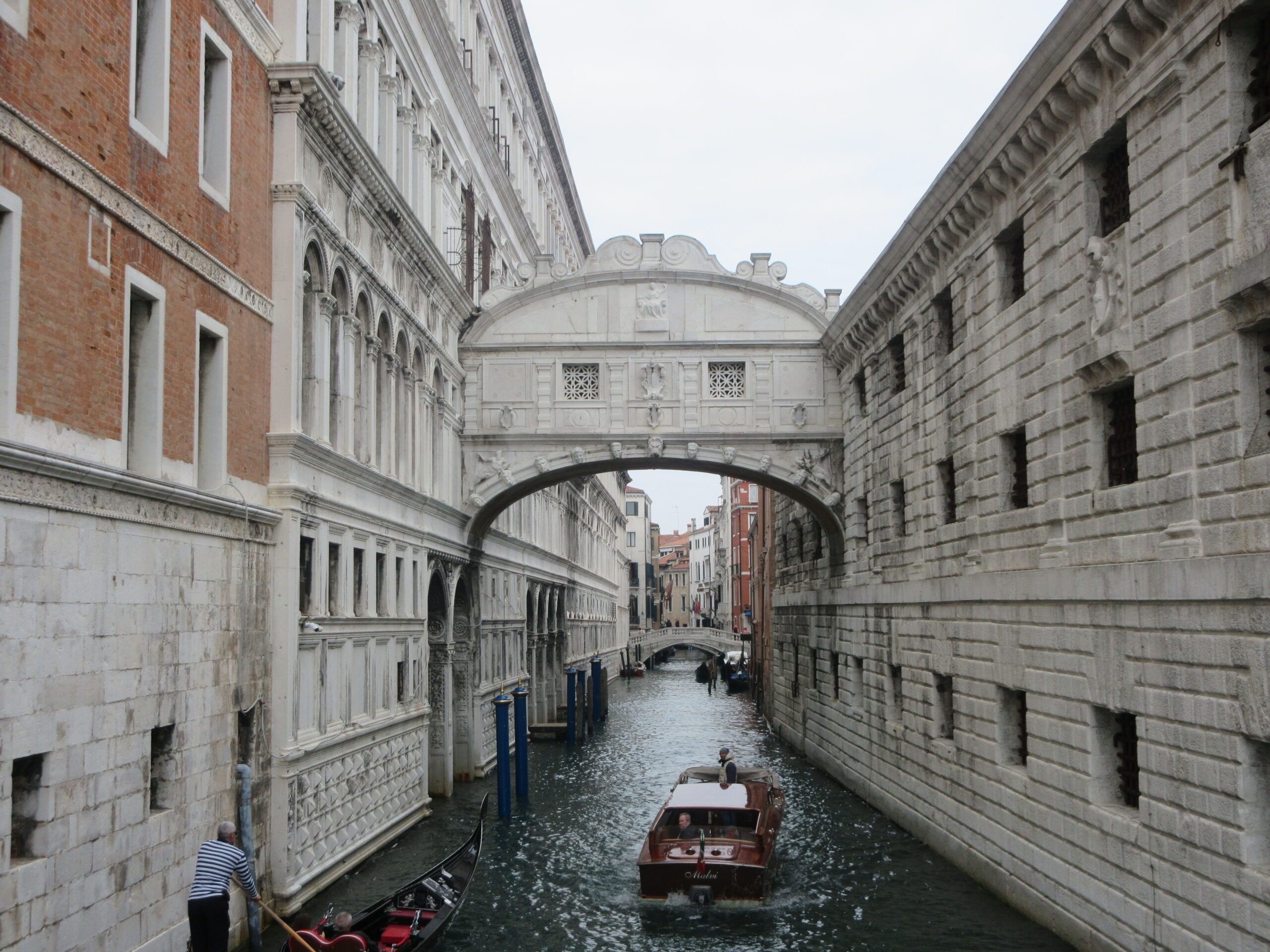
Day 6
Check out of your accommodation. After eating breakfast, see more of Venice and maybe visit more attractions. Make the Grand Canal your first stop. This area provides you with beautiful views of the city.
You’ll see historic structures and boats coming and going. If you’re interested, you can also check out some of the city’s museums and churches such as the Peggy Guggenheim Collection, Santa Maria della
Salute, Scuola Grande di San Rocco, Ca’ d’Oro, Santa Maria Gloriosa dei Frari, and the Gallerie dell’Accademia. You can also simply just explore the other districts in Venice outside of St. Mark’s Square.
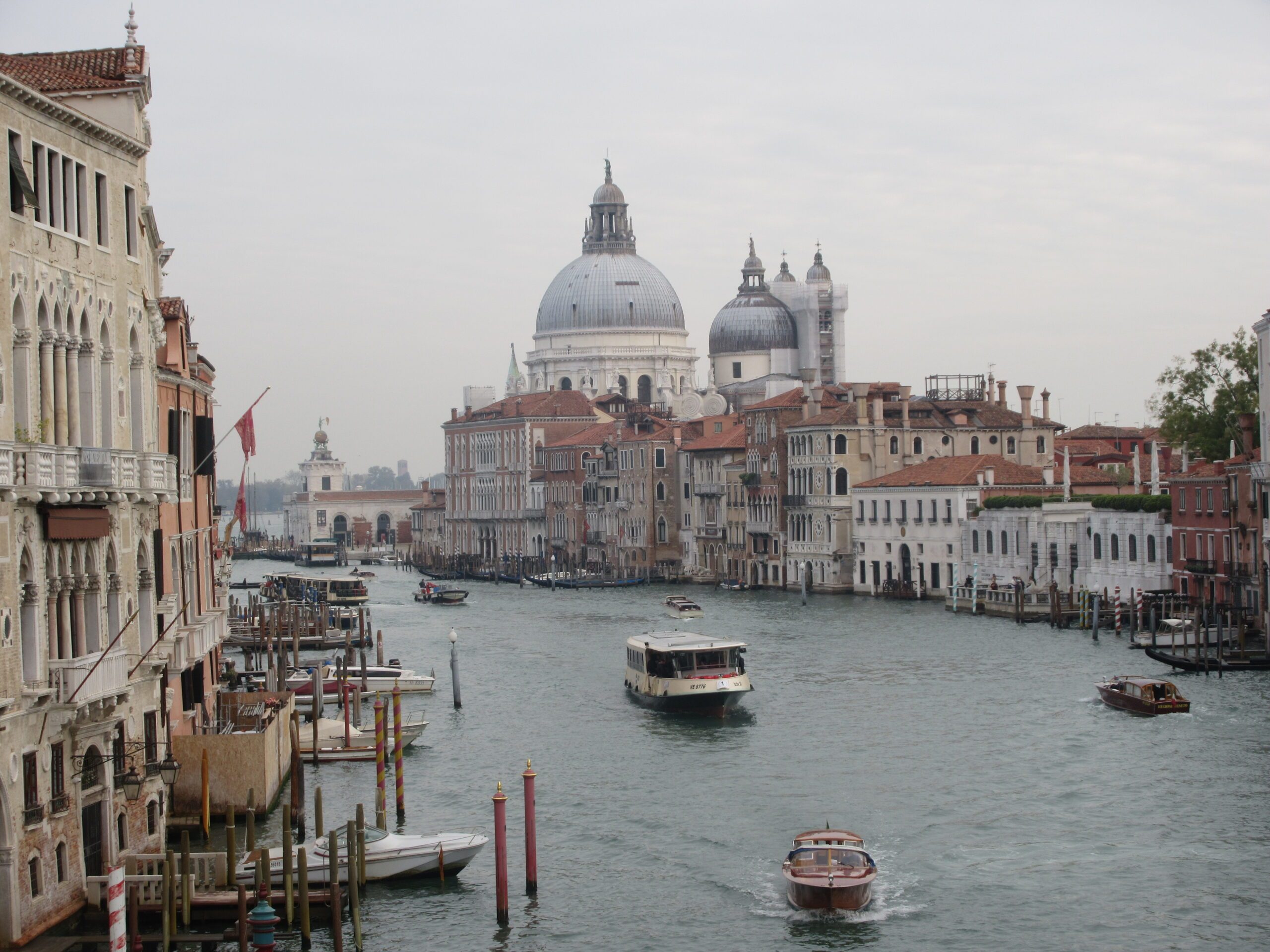
Alternatively, you can also go on a day trip to Murano and Burano. It’s expensive to take the gondolas or speedboats around Venice. However, if that’s an experience you want, be ready to pay a premium. Accommodation in the city proper is also expensive. You can stay somewhere in Mestre and just take the short train ride into Venice. After exploring, take the latest possible train to Florence.
Florence
Day 7
Florence is home to some of the world’s top art galleries. If you’ll visit just one, consider the Uffizi Gallery. The latter showcases some of the best pieces of art by Florence’s artists from Byzantine times to the Renaissance. Works of note include Botticelli’s Birth of Venus, Leonardo da Vinci’s The Anunciation, Michelangelo’s Holy Family, and several others. It could take at least half a day to see the highlights of this gallery.
After visiting the Uffizi Gallery, make your way to the Piazza della Signoria. The latter is a beautiful plaza where you’ll see the Palazzo Vecchio, Neptune Fountain, and the Loggia dei Lanzi. You don’t have to enter a gallery when you walk around Florence. Just in this area you’ll find many sculptures. After taking some photos, head on over to the Cathedral of Santa Maria del Fiore and Piazza Duomo. The cathedral is a prominent fixture in Florence’s cityscape. Its dome is an example of engineering mastery. Entering the
cathedral is free. However, if you plan on climbing the tower, visiting the baptistery, and/or climbing up to the dome, you’ll have to pay extra.
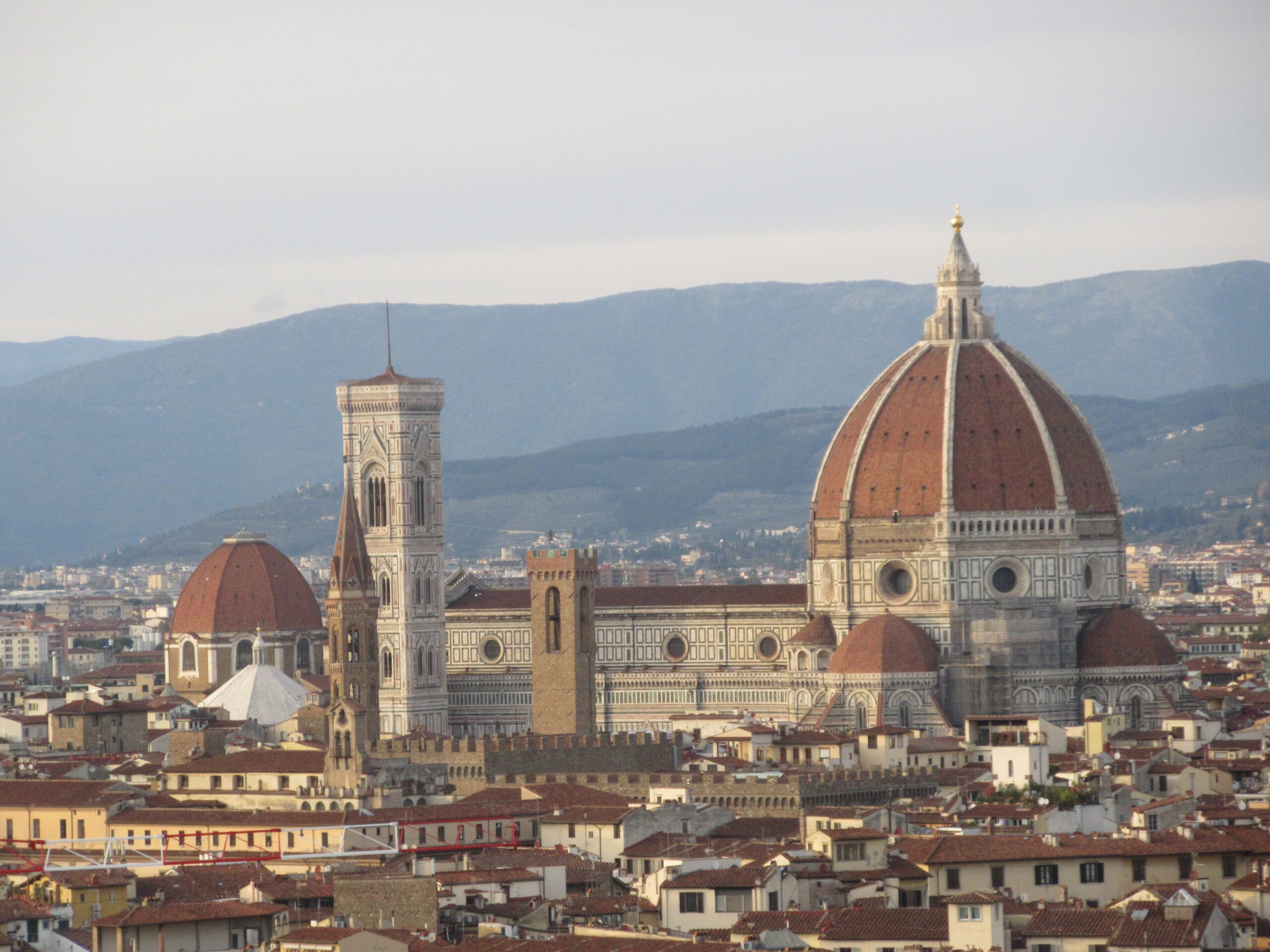
After dropping by the cathedral, visit Santa Croce. The fetching façade of this church will entice you to enter. Inside you’ll find centuries old religious icons and artworks. This is also where you’ll find the tombs of prominent people such as Galileo, Machiavelli, Michelangelo, and Ghiberti.
Make the Piazzale Michelangelo your last stop for the day. It’s an uphill walk so make sure you give yourself enough time to make it just before sunset. The area provides you with the best overlooking views of Florence. You’ll see the cathedral and the Palazzo Vecchio dotting the cityscape. You’ll notice how large the Duomo is from here.
- You can purchase tickets for the Uffizi Gallery here: https://www.uffizi.it/en/tickets
- You can purchase tickets for the Cathedral of Santa Maria del Fiore and Piazza Duomo here:
https://tickets.duomo.firenze.it/en/store#/en/buy
Florence is one of those places where you’d want to chill and soak in the ambiance. Drink a few glasses of wine and pair it with cheese and/or steak. Pizza is also good in many restaurants in the city. Don’t leave without trying the famous and delicious sandwich from All’ Antico Vinaio.
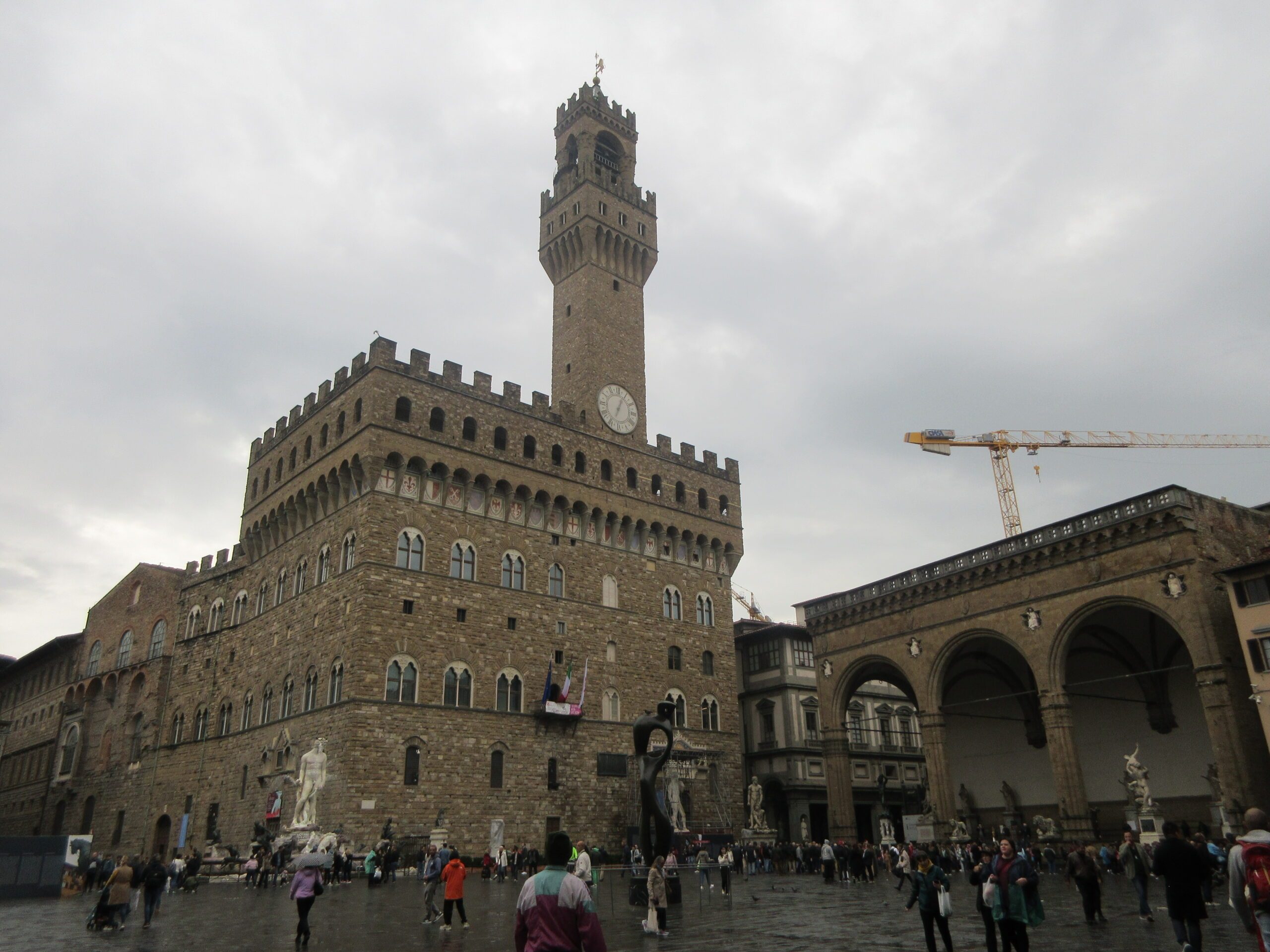
Day 8
After visiting some of Florence’s famous museums and art galleries, go on a day trip to Cinque Terre. The latter has picturesque villages and hiking trails that are noteworthy additions to your itinerary. The three villages I visited were Riomaggiore, Manarola, and Vernazza. If you’re only going for a day trip, these are the three places you can fit in your schedule. These are small enough to explore on foot and provide overlooking viewpoints of the colorful buildings and houses.
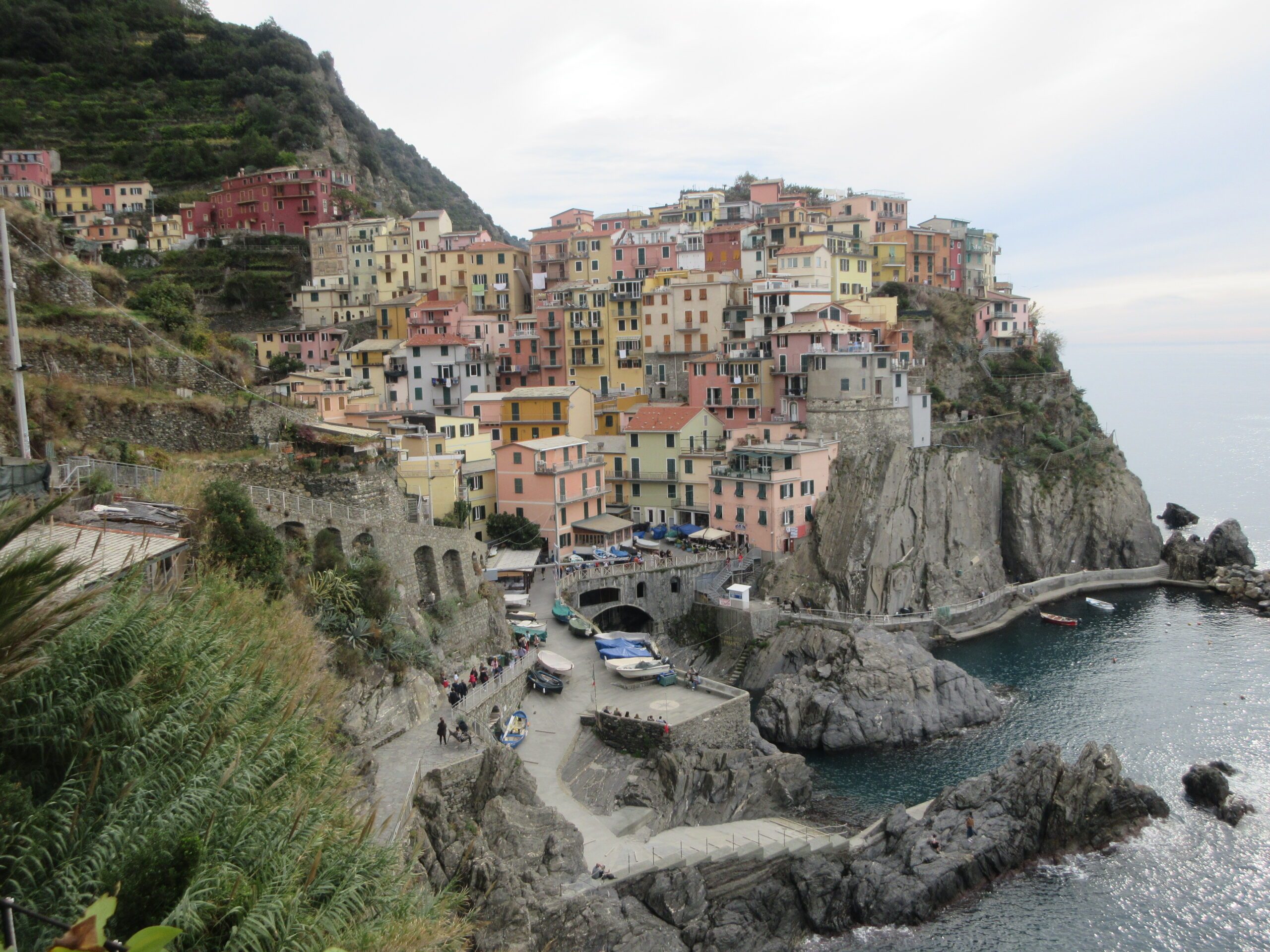
Hang out and get something to eat and/or drink in one of the cafes and restaurants. Go on a leisurely stroll to soak in the Italian-small-village ambiance. Summer (July to September) is the best time to go but also the most crowded and expensive.
Consider visiting during low season for lower prices. However, if you visit during low season, some of the hiking/walking trails might be closed.
How to get to Cinque Terre: From Florence, you can take the train bound for La Spezia. From La Spezia, you can walk/hike to the different villages or take the local train.
- You can buy tickets and check schedules here: https://www.trenitalia.com/en.html
Day 9
On your third day in Florence, go on a day trip to Pisa. The latter is one of the most popular side trips from the city. This comes as no surprise because Pisa is known for none other than the Leaning Tower.
The latter is an iconic piece of architecture with many visitors doing all sorts of poses in front of it. Try going as early as possible so that you can enter the Pisa Cathedral. The cathedral has no entrance fee, but tickets sell out quickly. You’ll have to pay a fee to get up the tower.
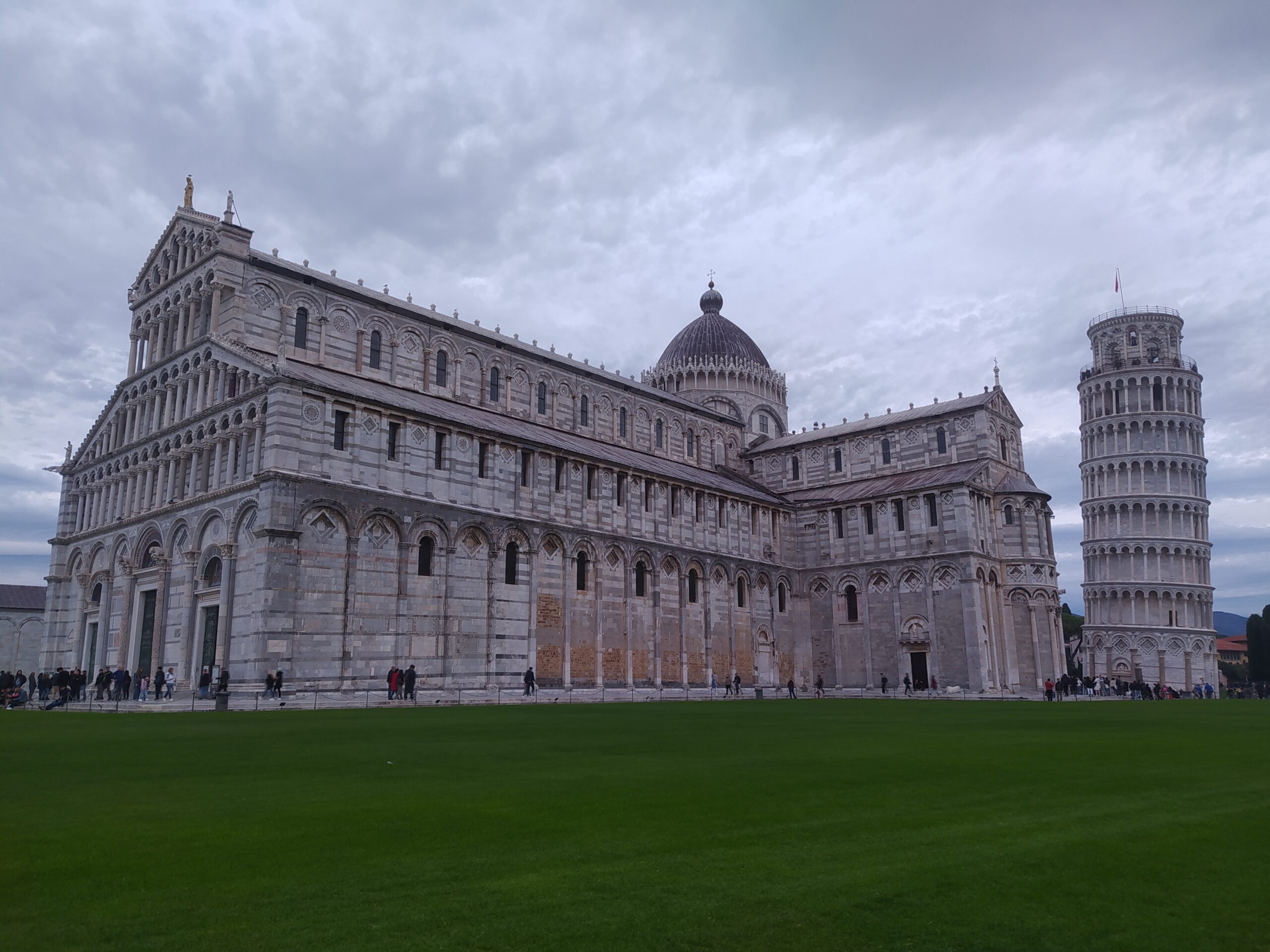
After visiting the cathedral and the tower, explore a bit of Pisa. You must’ve noticed the beautiful buildings and churches on your way to the two popular attractions. Some of the places you might want to visit include the Palazzo dei Cavalieri, Santa Maria della Spina, Piazza dei Cavalieri, and the Santo Stefano dei Cavalieri just to name a few.
How to get to Pisa: There are regular direct trains from Florence to Pisa and back. The trip usually takes around an hour.
- You can buy tickets and check schedules here: https://www.trenitalia.com/en.html
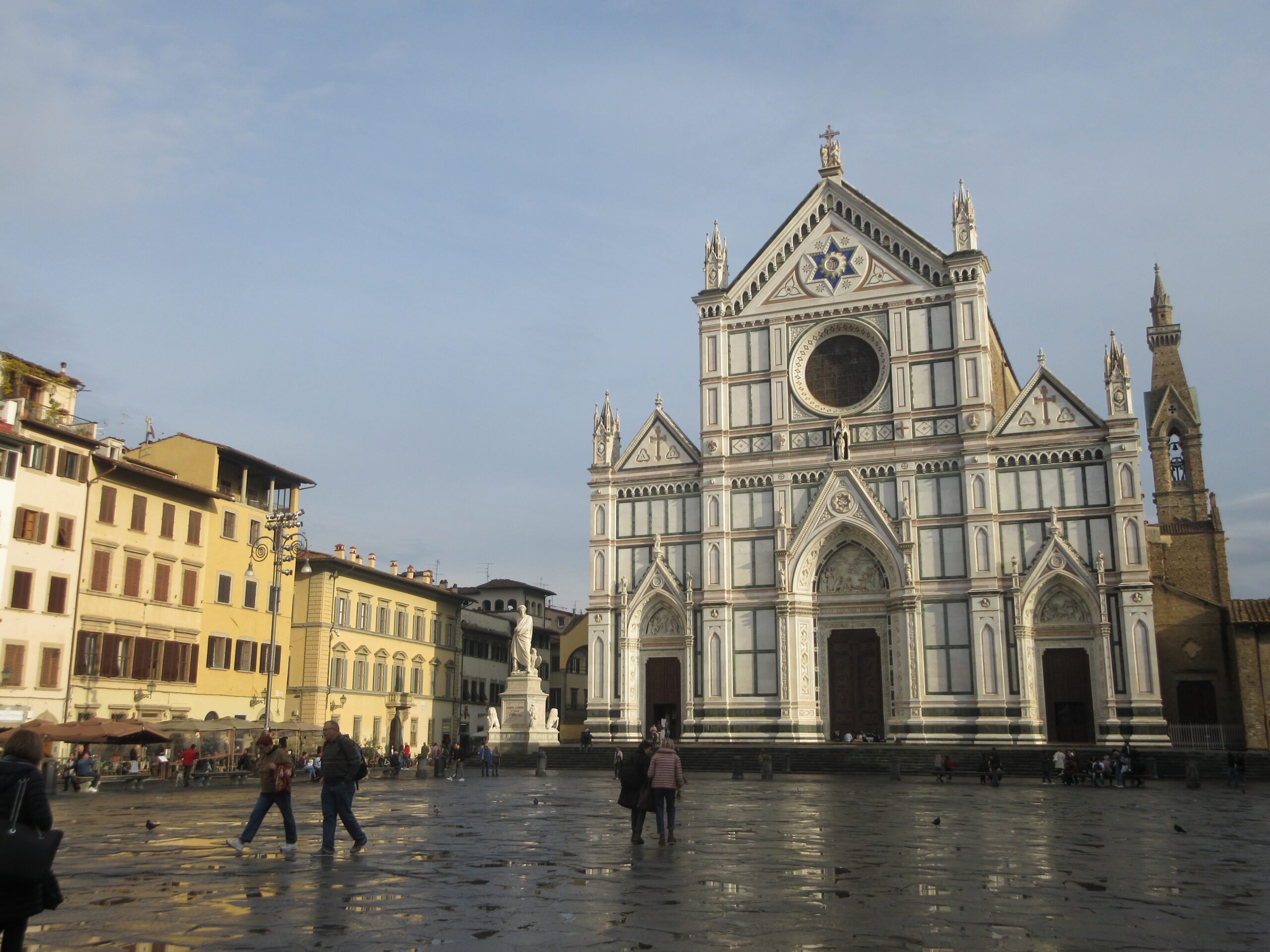
Day 10
Check out of your accommodation. Then after breakfast, head on over to the Pitti Palace and Boboli Gardens.
The palace is another museum/art gallery you can visit. The highlight for me was the Palatine Gallery. It has numerous paintings and portraits across several rooms. Art aficionados will geek outexploring this gallery.

After exploring the Palatine Gallery, make your way to the Boboli Gardens. Take a leisurely stroll through the garden and admire the overlooking views of the city.
You might have already passed through Ponte Vecchio on your way to somewhere in the city. It’s still worth visiting before you leave Florence. It’s lined with shops where you’ll find fine jewelry. If you have the time, you can visit other attractions such as the Bargello Palace National Museum, Palazzo Medici- Riccardi, Santa Maria Novella, Galleria dell’Accademia, and the Museo Galileo. Eat dinner early and take the latest possible train bound for Rome.
- You can purchase tickets for the Pitti Palace here: https://www.uffizi.it/en/tickets
Rome
Day 11
Depending on the time of your flight, you’ll have time to go last-minute shopping or hanging out at your favorite spots in the city. It’s easy and convenient to reach the airport whether you want to take the train or bus. There are frequent trips for both departing from the Roma Termini station.
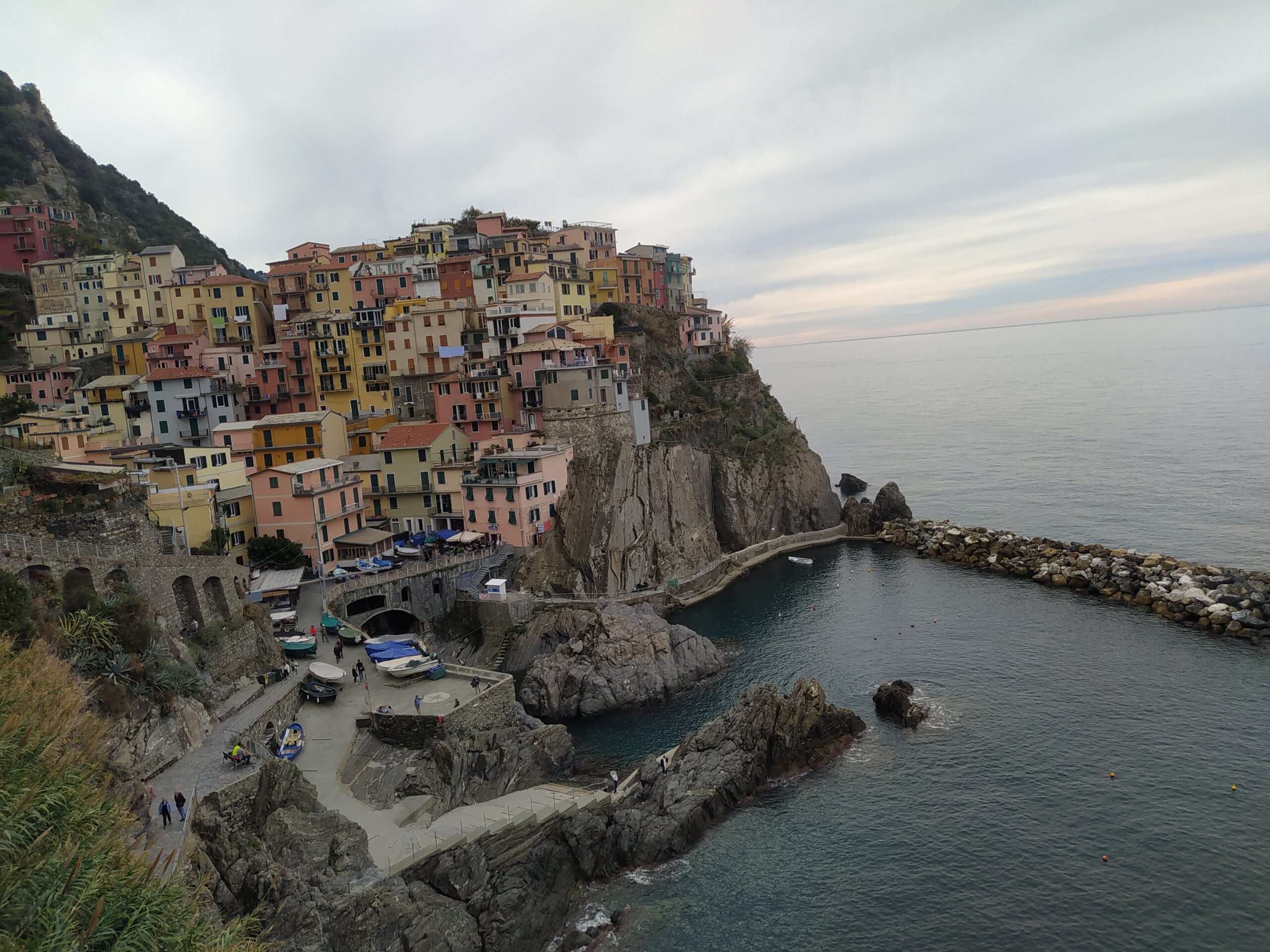
How much will you spend?
A budget of roughly P70,000 per person for 11 days includes a bed in a dorm room, budget meals or supermarket food, one or two paid attractions a day, free activities and attractions, train and bus tickets, and use of public transportation within cities.
This doesn’t include shopping and flights. You can spend more or less depending on your travel style and how interested you are in museums and art galleries. You can easily spend a lot of money on food and drinks. Go a bit over your budget to try the wine, pasta, pizzas, aperitifs, and whatnot during your visit. Italy is a foodie destination.
Consider traveling during low and shoulder seasons because the summer is the most expensive time to visit. Summer is around July to mid-September. Book your train tickets in advance to get a discount even for 1st and business class seats. – Rappler.com
Joshua Berida is a writer who loves to travel. He blogs at www.thewanderingjuan.net.
Add a comment
How does this make you feel?





There are no comments yet. Add your comment to start the conversation.